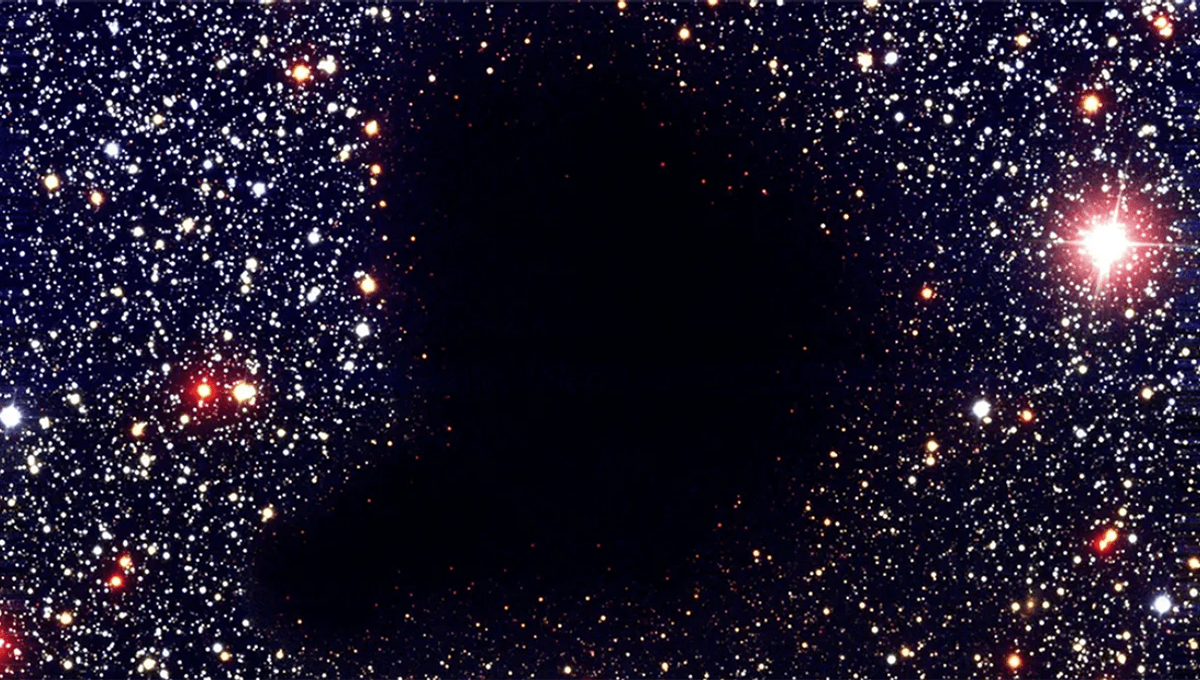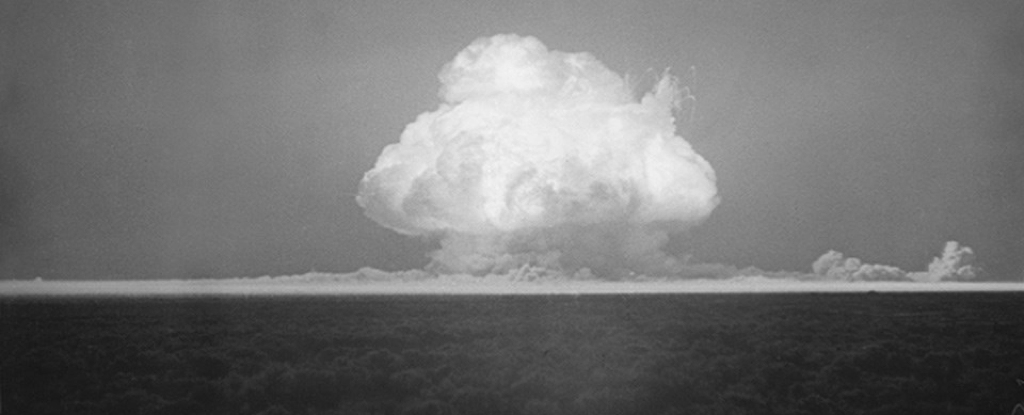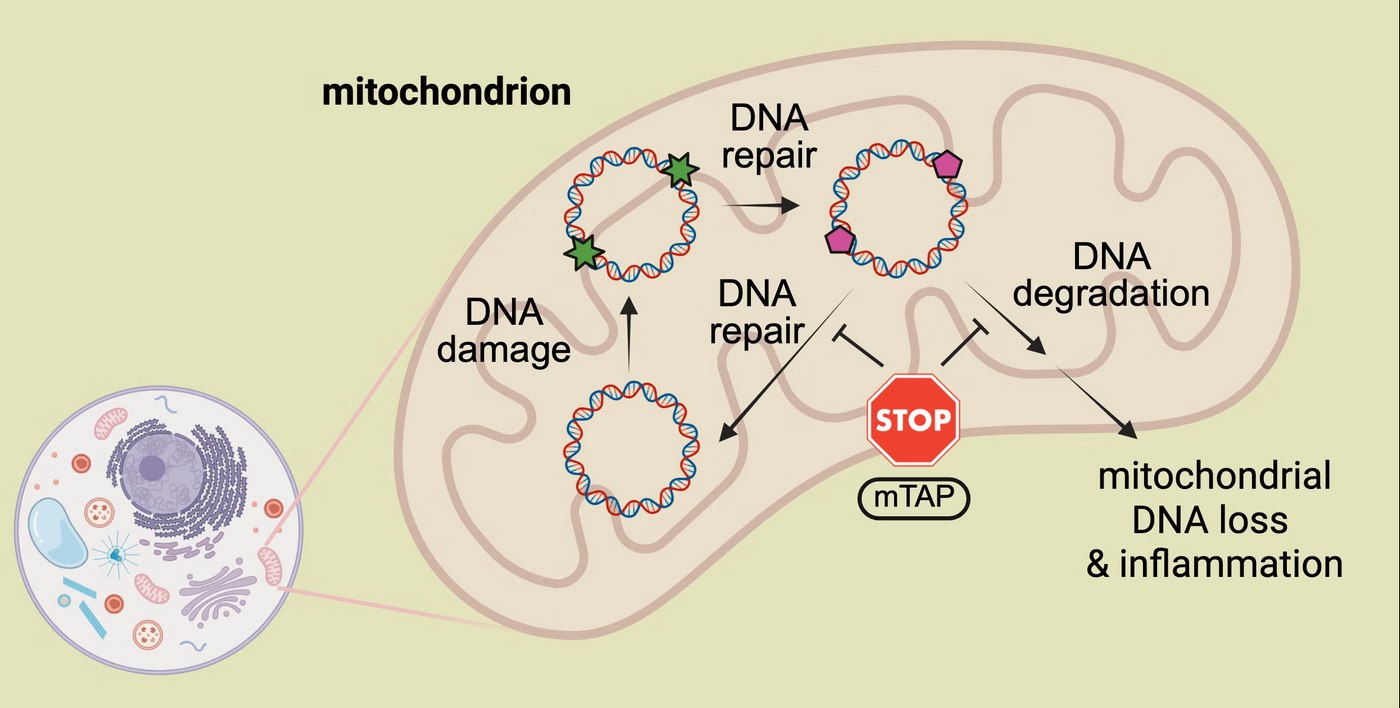T4K3.news
Study Links Vanishing Stars to Nuclear Tests
New research suggests a correlation between transient stars and nuclear weapons tests before 1958.

A study looking at stars that vanished in the pre-Sputnik era has found an odd link with UAPs and nuclear weapons tests.
Correlation Found Between Vanished Stars and Nuclear Tests
A recent preprint study examines transient objects noted by astronomers before the launch of the first satellites. The research indicates a curious correlation between the disappearance of stars and nuclear tests, as well as unidentified aerial phenomena. The Vanishing & Appearing Sources during a Century of Observations project identified these unexplained celestial events while analyzing archives from the Palomar Observatory Sky Survey conducted from 1949 to 1957. With 124 above-ground nuclear tests documented during the same period, the researchers propose that these transients could hint at unknown atmospheric effects triggered by nuclear activity. Significantly, they found transients to be 45 percent more likely to occur during nuclear testing windows, suggesting a noteworthy link worth exploring further. However, the findings remain preliminary and await peer review for validation.
Key Takeaways
"In some cases multiple transients appear in a single image, exhibiting characteristics not easily accounted for by prosaic explanations."
This highlights the complexity of the sightings and challenges to established theories.
"While the latter is potentially plausible, effects in the atmosphere could result in visible and distinct points rather than streaks."
This emphasizes the need to examine atmospheric effects in relation to nuclear activity.
"If transients occurred more frequently around weapons tests, it could indicate they are an unknown atmospheric phenomenon."
The researchers suggest that further exploration could reshape our understanding of these events.
"Our results add to growing evidence supporting the interpretation of transients as real observations."
This underscores the potential significance of the findings in astronomical research.
The implications of this study are broad and intriguing. It opens the door to reconsidering how we interpret both vanishing stars and atmospheric phenomena. While the association with nuclear tests invites skepticism, it raises significant questions about the safety and environment induced by nuclear weapons. For the scientific community, these findings warrant a closer look at historical events and their effects on our atmosphere. As methodology improves and peer review occurs, this could either strengthen the association or debunk it altogether. In an era of heightened interest in UAPs and the effects of nuclear science, this research may yet reshape public and scientific discourse.
Highlights
- Stars disappearing around testing sites raises disturbing questions.
- Nuclear tests may have cosmic consequences we are only beginning to understand.
- Are UAPs connected to the mysteries of our vanished stars?
- Transience in the cosmos reflects our troubled historical choices.
Research May Raise Political Concerns
Connections between nuclear tests and astronomical phenomena could invoke public debate on nuclear policy and historical accountability.
As this research progresses, it may deepen our understanding of the cosmos and our past on Earth.
Enjoyed this? Let your friends know!
Related News

Coldwater Creek study reveals alarming cancer links

Harvard study finds cancer link to Coldwater Creek contamination

Study links cancer cases to Coldwater Creek radioactive waste

SpongeBob's Origin Revealed as Nuclear Site

New study links radioactive waste to cancer risks in Missouri

Assess your aging with five simple fitness tests

New chemical probe shown to protect mitochondrial DNA

New mastectomy guidelines proposed
